There’s a greater need for transparency and accountability in PR: Aashish Washikar
In the last 10 years, PR has taken a different dimension, especially after the entry of social media and the rapid shift to digital during the pandemic period. At the same time, the industry has been facing stiff challenges, moreover client expectations have also increased, with more emphasis being given to digital and online reputation management. The industry has undergone a radical shift and the current times have pushed the industry to change gears.
In this interaction with Adgully as part of the PR Conversation, Aashish Washikar, Senior Manager – Public Relations, InMobi Group, speaks at length about the evolution in the Public Relations industry, the mobile advertising ecosystem in India, the growing importance of data and analytics in the PR industry, and more.
Read More: Win with InMobi: upGrad finds a winning partnership in data science and cricket
You have been in this industry for a while now, howhave you seen the PR industry evolve in the last few years?
The PR function has undergone significant changes in the last few years due to the digital transformation, evolving media landscape, and not to forget, the pandemic. This is what I have observed:
The rise of digital media: The emergence of digital media has had a significant impact on the PR industry. The increasing use of social media platforms, blogs, and other digital platforms has created new opportunities for PR professionals to reach and engage with our target audiences.
The need for transparency: Thanks to various channels to speak out, it is easier than before for people to voice their opinions, and consumers are now more aware and informed. As a result, there is a greater need for transparency and accountability in the PR industry. Companies are expected to be open and honest about their activities, and PR professionals are expected to provide accurate and trustworthy information.
The importance of data and analytics: Data and analytics have become an essential part of the PR industry. PR professionals are now using data and analytics to measure the impact of their campaigns, identify key metrics, and make data-driven decisions. Rise in the use of tools such as Meltwater, Sproutsocial, etc., is a clear indication of this trend.
How do you plan your overall PR strategy every year?
At InMobi Group, we adapt a holistic approach while working on the PR strategy. The team comes together to develop clear objectives that align with the overall mission, identify communication channels for each stakeholder group, develop key messages. We then devise and deploy various tools and methods to monitor and evaluate the outcomes all through the year.
This approach, coupled with strong relationships with journalists and influencers, along with internal stakeholders, helps us achieve the desired brand reputation and enhance brand equity.
How do you view the mobile advertising ecosystem in India? What is this industry currently valued at?
The mobile advertising ecosystem in India is a dynamic and rapidly evolving market. As per the Mobile Marketing Handbook 2023 released by InMobi, the growth of the ecosystem is driven by the rise of mobile internet usage in the country. According to the report, India’s mobile advertising ecosystem is highly competitive, with a range of players, including mobile ad networks, programmatic platforms, ad exchanges, and demand-side platforms. However, the handbook also notes that the industry is in a state of flux due to the evolving privacy landscape and the emergence of new players in the market.
I believe there is a need for mobile marketers to prioritise personalisation and privacy, given the increasing awareness of data privacy among Indian consumers. The report suggests that marketers can achieve personalisation by using AI and machine learning to analyse consumer behaviour and preferences, and by leveraging contextual advertising to reach users at the right time and place.
Artificial intelligence and data analytics are becoming very important in marketing and communication. How do they help in the overall communications strategy to cull out key insights and create strong and focused messaging?
AI and data analytics have now become increasingly important in marketing and communications because they enable organisations to take insightful and well-informed decisions. This helps create strong and focused messaging for the audience.
Here are some ways in which AI and data analytics can help in the overall communications strategy:
Understanding customer behaviour:
AI and data analytics can help businesses understand how their customers interact with their brand, what their preferences are, and what motivates them to make a purchase. By analysing customer data, businesses can identify patterns and trends that can inform their communications strategy and help them tailor their messaging to specific customer segments. Recent deployment of ‘notifications’ is one of the nicest and relevant examples.
Personalising messaging: With the help of AI and data analytics, businesses can personalise their messaging to individual customers. By analysing customer data, businesses can identify the specific needs and preferences of individual customers and deliver messages that are tailored to their interests.
Predictive analytics: Predictive analytics uses historical data to predict future trends and behaviour. This can be particularly useful in marketing and communications, because it enables businesses to anticipate customer needs and preferences and deliver messages that are timely and relevant.
Social media monitoring: AI and data analytics can help businesses monitor social media conversations about their brands and products. By analysing social media data, businesses can identify customer sentiment and feedback and respond in real-time, which can help to build customer trust and loyalty.
What are your valuable tips and advice to young and aspiring PR professionals?
There could be many nuanced tips as per the industry and vertical. However, I have summarised a few tips below:
Build Strong Relationships: PR is like a game of “tag”. You want to be “it” for your clients, journalists, and other stakeholders. So, focus on building strong relationships by being fun, engaging, and supportive.
Be Prepared to Adapt: Think of a Rubik’s Cube. You need to be ready to shift your approach, twist and turn your strategies, and solve problems on the fly to win. From Metaverse to AI, from pink papers to podcasts, the landscape has evolved significantly, and so should be the approaches to PR. Be open to new technologies, platforms, and techniques and be willing to pivot when necessary.
Embrace Feedback: Finally, be open to constructive criticism and feedback from your colleagues, clients, and stakeholders. Off late, we see a lot of journalists bashing PR professionals on social media channels, while using their insights to improve your skills and refine your approach to PR.
Be Creative: PR often requires a creative approach to cut through the noise and get your message heard. Embrace your creativity and think outside the box to produce fresh and exciting ideas.
Stay Current: Staying on top of industry trends is like keeping up with the Kardashians. It can be exhausting, but it is essential to stay in the know to be the best in the game.


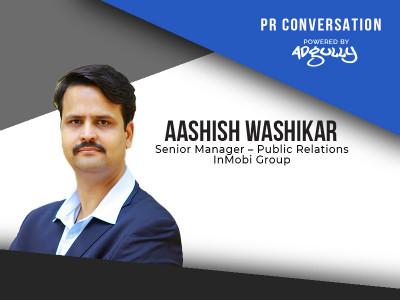
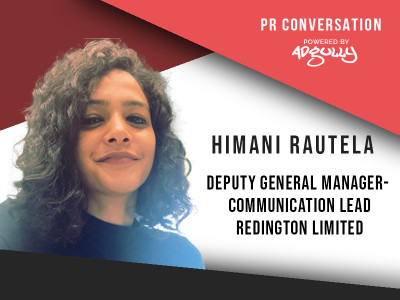
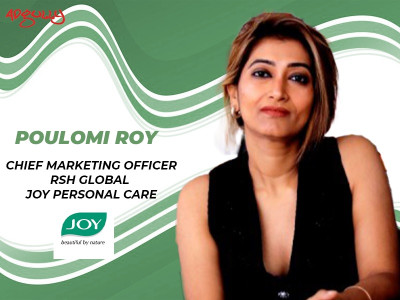




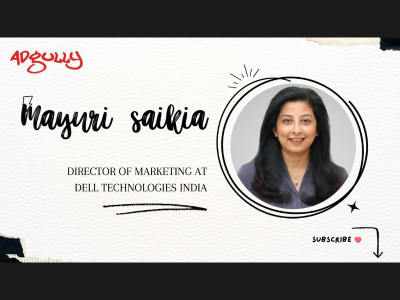
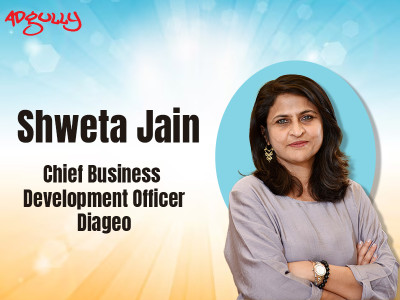
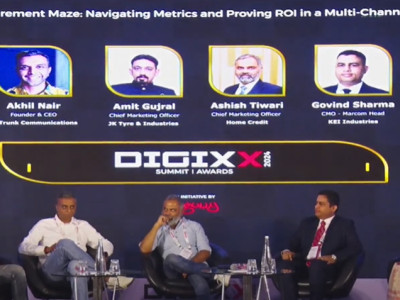

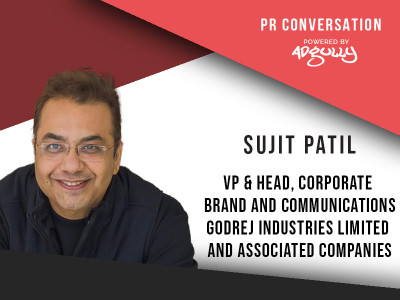



Share
Facebook
YouTube
Tweet
Twitter
LinkedIn